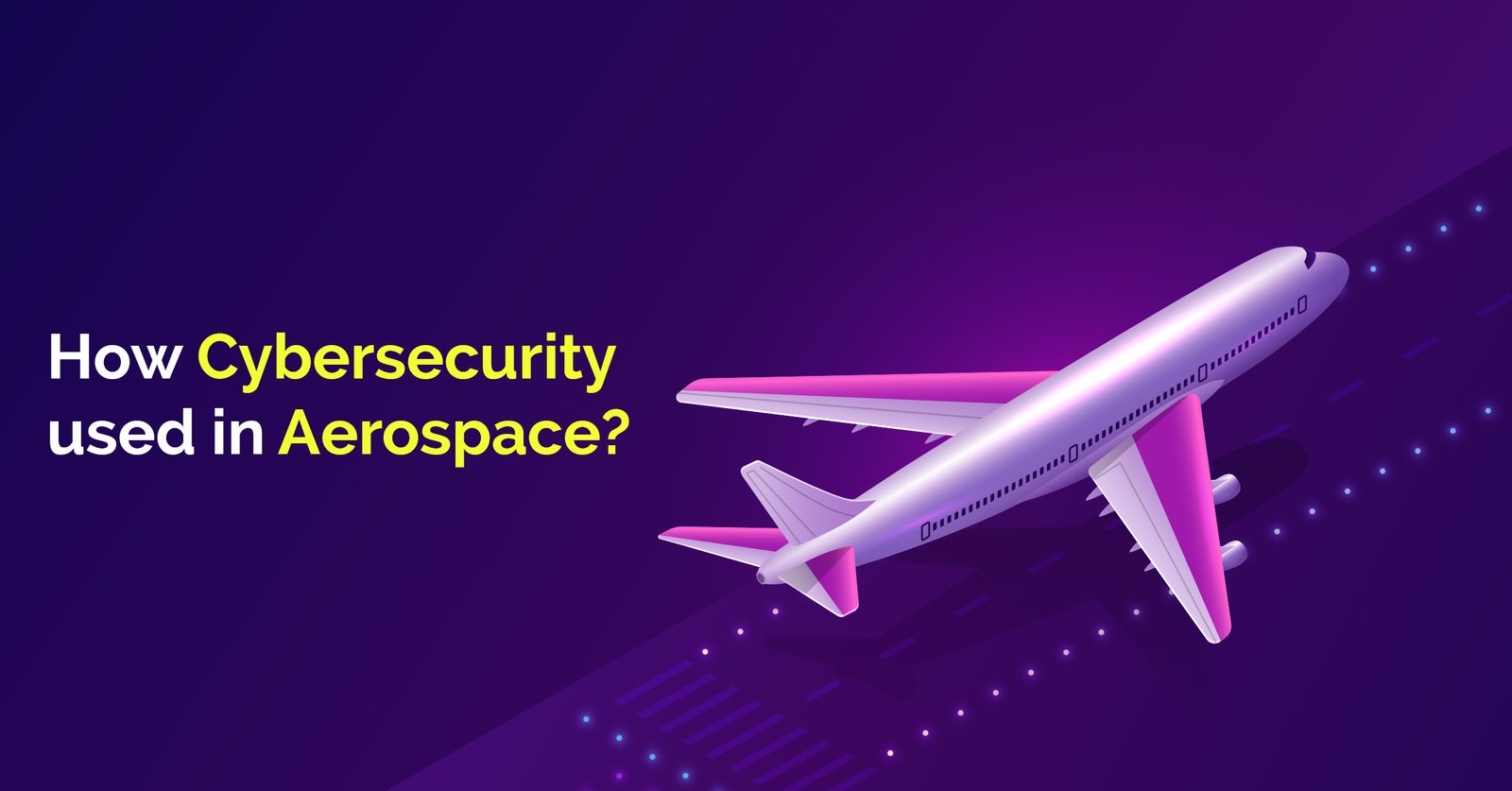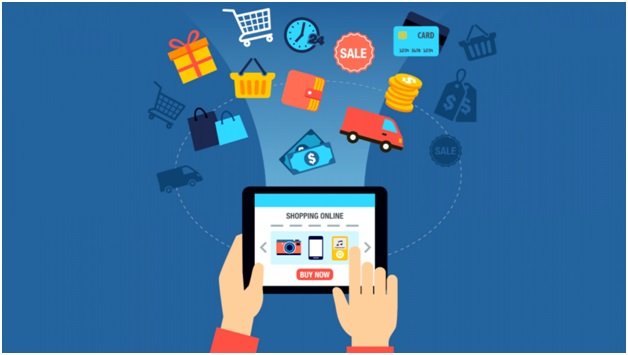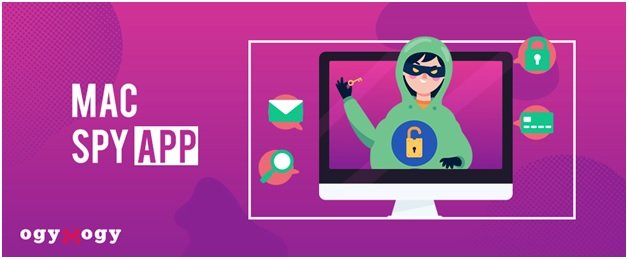How Cybersecurity used in Aerospace?

Cybercriminals have a lot of ingenuity. They’re always coming up with new methods to wreak havoc on our lives. Every day, they steal money, personal information, and millions of people’s identities. It’s no surprise that everyone who uses a computer, smartphone, or one of the billions of linked gadgets that make up the ever-expanding Internet of Things is concerned about information security.
With the rising number of connected devices, it’s no wonder that information security is a key issue for government authorities and businesses across the board. There is no exception in the aviation business.
Flying is, of course, a very safe mode of transportation. While airline reservation systems have been hacked in the past, there have been no confirmed examples of hackers compromising safety by accessing an onboard system.
In the age of connected aircraft, safety is more critical than ever. Information travels between planes in flight and base operations thanks to satellite communications technology. In the air and on the battlefield, military aviators communicate with commanders. Commercial pilots have real-time weather and flight-planning data at their fingertips. In-flight Wi-Fi allows passengers to stay connected to their homes and businesses, as well as stream live video. Onboard systems send out alerts in advance, informing ground workers when a repair is needed.
Artificial intelligence is being installed in planes. Intelligence, surveillance, and reconnaissance systems are being added to weapons. Unprecedented amounts of data are being collected and stored. However, although these new capabilities are intended to improve safety and efficiency, they also introduce new cybersecurity risks in the aircraft industry.
Attacks and their Types
- Phishing
Phishing is a popular and easy-to-commit form of attack in which an attacker impersonates a trustworthy person or group to fool a victim. Phishing is a type of attack that involves luring a victim into clicking a link in an email that leads to malware or the disclosure of sensitive information. Phishing can also take the form of a physical attack, such as an attacker acting as an employee to get past security and get access to a facility, however, this is less typical.
It’s frequently simple to get the personal information, corporate information, and logos needed to make an email appear legitimate thanks to social media and other publicly available information such as websites.
When an employee opens a link in an email or divulges personal information, such as a password, invisible malware can be put onto his or her workstation, or genuine passwords can be used to enter into sensitive systems by the hacker. The hacker can then attack or circumvent the company’s security and controls to get access to the system’s sensitive data.
- Passwords
Password guessing is another frequent attack method used by attackers, who may quickly discover basic and weak passwords with automated tools. Companies may strengthen their security by requiring the use of complicated passwords that are less likely to be guessed by a machine.
- Third-Party Entities
Regardless of a company’s cybersecurity level, its interactions and relationships with third parties might put it in danger. To counteract this, businesses should thoroughly vet all third-party suppliers and vendors before granting them access to sensitive data or backend websites.
- Nefarious Employees
Employees in the aerospace and defense sectors might be a hazard to themselves. Monitoring and alerting on unusual employee behavior can help decrease the risk and severity of a data breach.
Security Approaches
Here are some actions that a business may take to improve its security and controls.
Security Passwords
Complex passwords should be used by businesses. A complicated password has the following elements:
- Letters in capital and lowercase
- Numbers
- Unique characters
- At least eight to ten characters are required.
The following are some more actions that businesses should consider:
Using software solutions that don’t support this degree of password complexity will be phased out.
Passwords for critical systems must be updated regularly.
Password sharing and the usage of system default passwords are discouraged.
Training on Security Awareness
To thrive, cybersecurity needs meticulous preparation and a highly motivated workforce. Hiring an experienced director or C-suite executive to manage and drive security efforts can assist in leading and directing involvement throughout the business.
The importance of employee awareness training cannot be overstated. To decrease the probability of a compromise, most security standards, such as the National Institute of Standards and Technology (NIST) 800-53, mandate yearly training on identifying and managing suspicious emails.
Upgrades and Updates to Technology
There are various technical protections that can help with cybersecurity when combined with proper planning and organizational awareness. To name a few, there are:
- Multifactor Authentication
By needing an extra code or token from a smartphone application or key fob, two-factor authentication adds complexity to the authentication process.
Three-factor authentication may be required by companies with more severe security standards. By requiring a bodily verification, such as a fingerprint or retinal scan, this approach goes beyond standard two-factor authentication.
To make these safeguards even more effective, businesses should ask users to change their passwords at least once every 90 days.
- Patch Management Programs
When software developers provide updates, they frequently contain unintentional flaws that expose systems to vulnerabilities. Because these flaws are often well-known, threat actors will try to exploit them. As a result, businesses must identify and solve these flaws as soon as possible.
Teams can use scanners and other tools to assist organizations to uncover vulnerabilities in addition to maintaining current with technical bulletins. Following the discovery of a vulnerability, patches should be evaluated and delivered by a centralized patch management system and team to guarantee that a systematic and automatic approach is in place to fix any exploitable vulnerabilities on time.
- Antiphishing Software
Even highly skilled personnel might be duped by email phishing schemes’ persuasive methods. Antiphishing software uses algorithms to analyze emails and attachments to identify fraudulent communications. When the software detects a questionable email, it can delete it from the recipient’s inbox and report it to IT for further investigation.
Wrapping up
The aerospace sector cannot ignore cybersecurity. New dangers will emerge as technology progresses, but so will new safety measures that can survive these assaults and steer the aerospace sector toward a more efficient and – eventually – safer future. cybersecurity training certification can get you at a better understanding level and take your cybersecurity game to the next pace.












